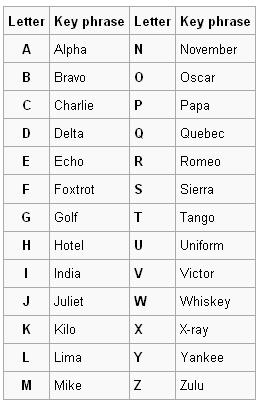The story of June and Jennifer Gibbons is a fascinating case of linguistics.
June and Jennifer were twin sisters born in 1963 from Barbadian parents. They were raised in Wales, where they were bullied in school due to their dark skin. This was a traumatising event that led to the twins becoming more and more isolated as children, often choosing to hermit themselves in their own secluded world.
An interesting phenomenon that developed at the time was that June and Jennifer would talk in an unintelligible language between the two of them. At first, it started with a mix of English and Bajan Creole (an English-based Caribbean language) spoken very rapidly. However, over the years, their shared language became more and more cryptic to the point that only the two of them could understand each other (and their younger sister Rose).
To add to this, the two made a pact with each other that they would never speak to other people, based on their trauma of being ostracised by their schoolmates. Furthermore, the twins exhibited mirroring movements and mannerisms, and would become catatonic when forcibly separated from each other.
In their teenage years, June and Jennifer started writing various plays, poems and stories. They also began experimenting with drugs and alcohol, leading to them committing crimes such as arson, theft and vandalism. Instead of being sent to juvenile prison, they were admitted to a psychiatric hospital due to their mutism.
The two would be admitted at Broadmoor Hospital for a total of 12 years, where they were treated with antipsychotics despite not having objective signs of psychotic illnesses. Their institutionalisation resulted in the worsening of their “symptoms”.
Later on, it was revealed by June that this was the point that the two came to an agreement that their pact could only be broken if one of the sisters died. In other words, one person had to die for the other to live a normal life. Jennifer decided to make the sacrifice.
At the age of 30, they were finally discharged from Broadmoor to be transferred to a more open clinic. When they arrived at the clinic, Jennifer was found to be unconscious. She was transferred to a hospital where she was diagnosed with acute myocarditis (heart muscle inflammation), resulting in her demise. The cause of the myocarditis was never found and had appeared unprovoked.
After a period of grief, June started to speak to other people. Regarding Jennifer’s sacrifice, she said:
“I’m free at last, liberated, and at last Jennifer has given up her life for me”.
June would go onto give interviews detailing her and Jennifer’s life journey and suffering, giving us insight into a remarkable case of cryptophasia.
Cryptophasia is a common phenomenon in twins, where they develop a language spoken only between the two of them. This may be accompanied by mirroring actions. It is thought that up to 50% of twins invent some form of language or code between the two. Cryptophasia is possibly a result of speech delay, with the twins compensating for each other by creating a language that they find more relatable. As in the case of June and Jennifer, environmental and social factors are also likely to play a crucial role.
The desire for connection is innate to human beings. When we feel isolated in the world, we may cling to the few connections we feel comfortable with, even if it means causing further isolation and loneliness. This may manifest in a healthy way, such as investing more time and energy cultivating a fulfilling relationship with friends and family. However, it may also result in co-dependent or toxic relationships, social isolation, addiction and restricting ourselves from leading a full life.
June and Jennifer Gibbons are reminders to us of the importance of connection in our life. How far would you go to feel connected to something – anything – in life?












